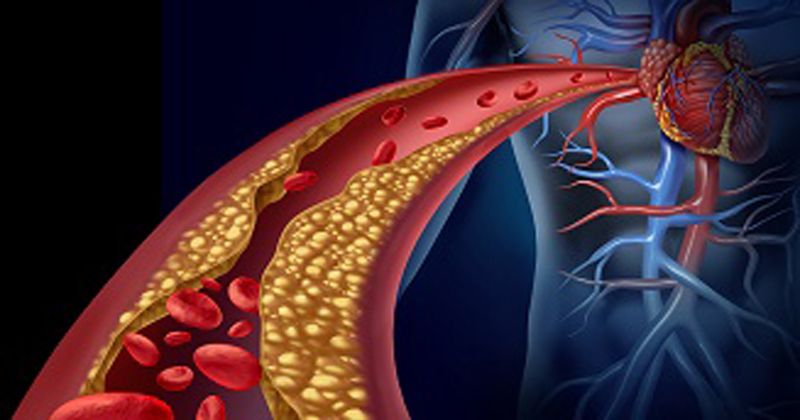Intravascular lithotripsy superior to PTA in patients with calcified PAD
In patients with calcified peripheral artery lesions treated with a drug-coated balloon, those who were pretreated with intravascular lithotripsy had better procedural outcomes than those pretreated with angioplasty, a speaker said at VIVA.
Among 306 patients with de novo moderately or severely calcified lesions in the femoropopliteal artery, half (mean age, 72 years; 69% men) were assigned pretreatment with intravascular lithotripsy (IVL; Shockwave Intravascular Lithotripsy, Shockwave Medical) and half (mean age, 72 years; 78% men) were assigned pretreatment with percutaneous transluminal angioplasty, William A. Gray, MD, chief of cardiovascular services at Lankenau Heart Institute/Main Line Health in Wynnewood, Pennsylvania, said during a late-breaking trial presentation at the virtual VIVA 20.

All patients were subsequently treated with a drug-coated balloon with or without further dilatation or stenting, he said.
The trial “provides the largest body of Level I evidence for the treatment of heavily calcified femoropopliteal arteries, a cohort often excluded from trials due to their complexity,” Gray said during the presentation.

The primary endpoint of procedural success, defined as residual stenosis 30% or less without flow-limiting dissection, favored the IVL group in both the site-reported analysis (90.1% vs. 64.5%; treatment effect, 25.6%; 95% CI, 16.5-34.4; P < .0001) and the angiographic core lab analysis (65.8% vs. 50.4%; treatment effect, 15.4%; 95% CI, 3.9-26.8; P = .0065), Gray said during the presentation.
Mean postprocedure percent diameter stenosis was lower in the IVL group (27.3% vs. 30.5%; P = .04), with 66% of patients in the IVL group attaining percent diameter stenosis of 30% or less compared with 52% of patents from the PTA group (P = .02). The IVL group had a similar percent diameter stenosis profile to the first 200 patients from the PAD III real-world observational study, Gray said.
Dissection of grade C or worse occurred in 3.5% of the IVL group vs. 15.1% of the PTA group, a relative risk reduction of 77% (P = .03), according to the results.
More patients in the PTA group than in the IVL group required postdilatation (5.2% vs. 17%; P = .001) and stenting (4.6% vs. 18.3%; P = .0002), Gray said.
Thirty-day safety endpoints, including major adverse events, emergency revascularization, major amputation, thrombus/distal emboli, perforation and clinically driven target lesion revascularization, were very low or absent and not different between the groups, Gray said.
There was no difference between the groups in ankle-brachial index (P = .33) or Walking Impairment Questionnaire score (P = .64) at 30 days, he said.
“IVL was superior to PTA in achieving procedural success and demonstrated atraumatic treatment,” Gray said during the presentation. “The randomized controlled trial outcomes are similar to the PAD III registry in multiple vessel beds, which highlight the consistency and predictability of IVL treatment in complex anatomy.”
Powered secondary endpoints including 12-month primary patency will be released in the future, he said.

